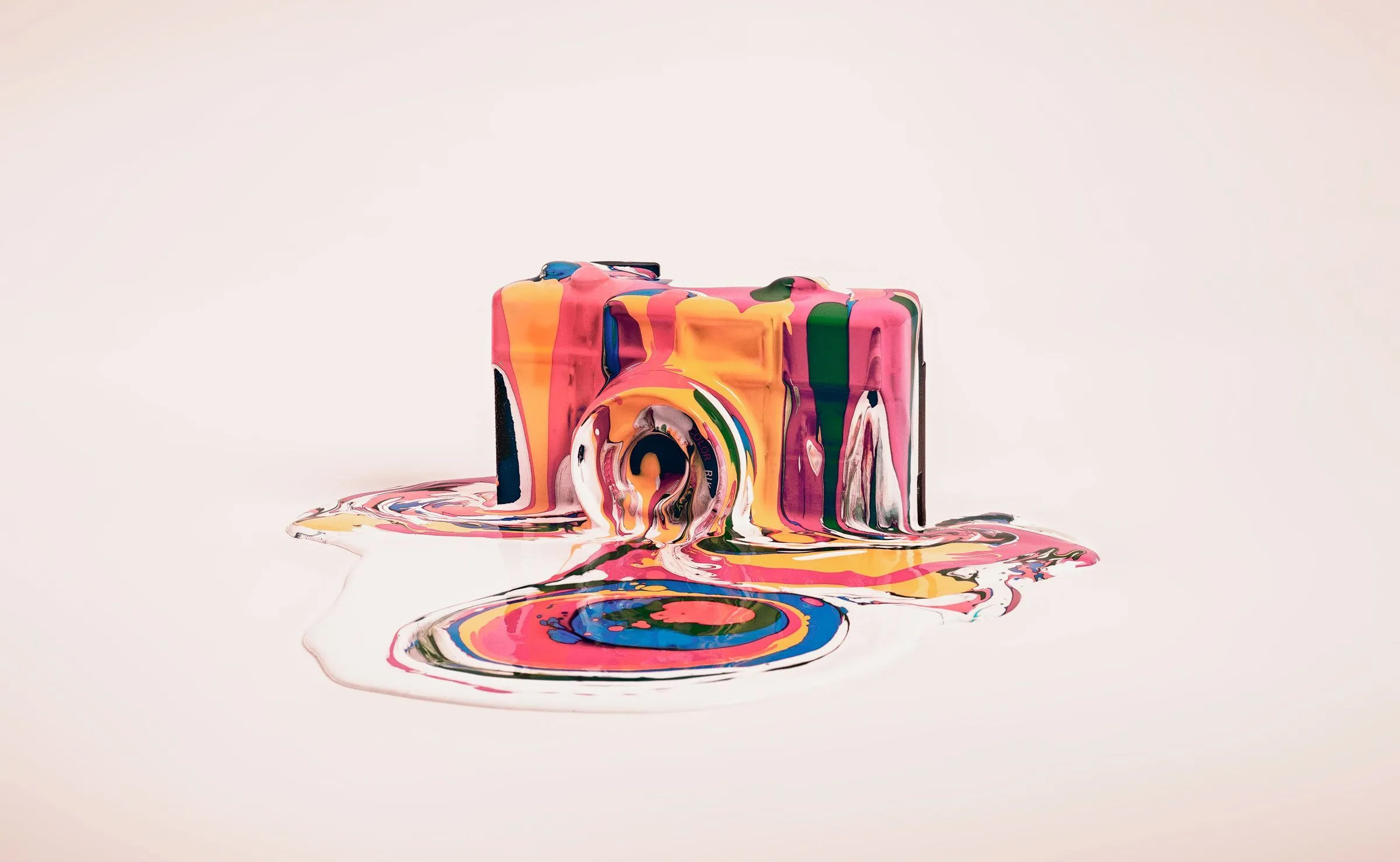OpenAI has just introduced a groundbreaking upgrade to ChatGPT’s image-generation capabilities, marking the first major enhancement in over a year. During a livestream on Tuesday, OpenAI CEO Sam Altman unveiled the latest iteration, which leverages the company’s GPT-4o model to natively create and modify images, significantly advancing ChatGPT’s ability to work with visual content.
A New Era of AI-Powered Image Generation
For the longest time, OpenAI’s ChatGPT was primarily focused on text-based tasks, even when powered by the highly capable GPT-4o model. While the platform could engage in creative storytelling, complex reasoning, and even coding, its image-generation abilities were limited. The previous image-generation model, DALL-E 3, provided users with the ability to generate and edit images, but GPT-4o takes things to the next level by making image generation an integral, native function of ChatGPT.

GPT-4o is designed to generate more accurate and detailed images by “thinking” longer about each output. This means that users can now expect higher-quality visuals that better match their prompts. Moreover, GPT-4o can edit existing images, even those featuring people, by modifying elements like backgrounds, foregrounds, and intricate details—an ability known as “inpainting.”
Who Gets Access?
The new image-generation capabilities are already available for ChatGPT’s Pro subscribers, who pay $200 a month for OpenAI’s top-tier access. However, the company has confirmed that the feature will soon be rolling out to Plus users and even free-tier users. Additionally, developers utilizing OpenAI’s API service will also gain access to this feature, expanding the technology’s reach into various applications beyond ChatGPT itself.
How OpenAI Trained GPT-4o for Image Generation
To power this advanced image feature, OpenAI trained GPT-4o using a combination of publicly available data and proprietary datasets obtained through partnerships with companies like Shutterstock. This approach allows OpenAI to create high-quality, diverse images while maintaining ethical considerations around copyright and intellectual property.

However, the use of training data has been a contentious issue in the AI space. Generative AI companies often keep their training data sources confidential, as revealing too much could lead to intellectual property disputes. OpenAI has assured users that they respect artists' rights and have policies in place to prevent the model from directly mimicking the work of living artists.
“We’re respectful of the artists’ rights in terms of how we do the output, and we have policies in place that prevent us from generating images that directly mimic any living artist’s work,” said Brad Lightcap, OpenAI’s Chief Operating Officer, in a statement to The Wall Street Journal.
User Control and Opt-Out Mechanisms
Understanding concerns about AI-generated content, OpenAI has implemented several safeguards. The company provides an opt-out form that allows creators to request their works be removed from its training datasets. Additionally, OpenAI respects requests to block its web-scraping bots from collecting training data from websites, ensuring that artists and website owners have a say in whether their content is used for AI training.
How ChatGPT’s Image-Generation Compares to Competitors
ChatGPT’s latest upgrade arrives in the midst of a competitive AI landscape, where companies like Google and Microsoft are also investing heavily in generative AI. Notably, Google recently rolled out an experimental image-generation feature in its Gemini 2.0 Flash model, which went viral for its impressive capabilities but also faced controversy for lacking sufficient guardrails. Some users discovered that Gemini’s AI could be used to remove watermarks and create images of copyrighted characters, raising serious concerns about misuse.

In contrast, OpenAI has been more cautious in rolling out its image-generation updates, emphasizing safety and ethical use cases. By integrating this functionality within ChatGPT and Sora (OpenAI’s AI video-generation tool), the company is ensuring that its users have access to powerful tools while maintaining ethical boundaries.
Potential Use Cases for the New Image-Generation Feature
With GPT-4o’s upgraded image capabilities, ChatGPT can now serve a wider range of users in various industries. Some potential applications include:
-
Content Creation – Marketers, bloggers, and content creators can generate high-quality visuals to accompany their text-based content.
-
Graphic Design Assistance – Designers can use AI to draft concepts, create mockups, or edit existing images more efficiently.
-
Education and Research – Teachers and students can generate educational diagrams, visual explanations, or historical recreations for learning purposes.
-
E-Commerce and Advertising – Businesses can create product images, promotional banners, and branding materials on demand.
-
Art and Creativity – Artists and hobbyists can experiment with AI-assisted artwork, creating unique visuals while still maintaining creative control.
Ethical Considerations and Future Improvements
While AI-generated images offer immense possibilities, they also raise ethical concerns, such as deepfake risks, misinformation, and copyright infringement. OpenAI has proactively addressed some of these concerns by incorporating policies that prevent the misuse of its tools. However, as AI image generation becomes more widespread, further refinements will be necessary to ensure responsible use.
Looking ahead, OpenAI is expected to refine GPT-4o’s image-generation capabilities even further. Future updates may focus on:
-
Higher Resolution Outputs – Enhancing the quality and detail of AI-generated images.
-
More Customization Options – Allowing users to fine-tune image styles, compositions, and themes.
-
Better Editing Tools – Expanding the inpainting feature to provide even greater control over modifications.
ChatGPT’s new image-generation upgrade represents a significant milestone for OpenAI, bringing the platform one step closer to becoming a true multimodal AI assistant. By combining powerful text and image capabilities, ChatGPT is now more versatile than ever, catering to a broad spectrum of users.
As competition in the generative AI space heats up, OpenAI’s cautious and methodical approach to rolling out new features may give it an edge. By prioritizing accuracy, ethical considerations, and user control, OpenAI is positioning itself as a leader in responsible AI innovation.
With these exciting developments, ChatGPT users can expect even more creative possibilities, enhanced productivity, and an overall richer AI-powered experience. Whether you’re a content creator, designer, educator, or business owner, the ability to generate and modify images with ease is a game-changer that’s only just beginning to show its full potential.


-1713753976-q80.webp)

